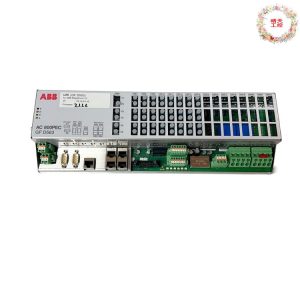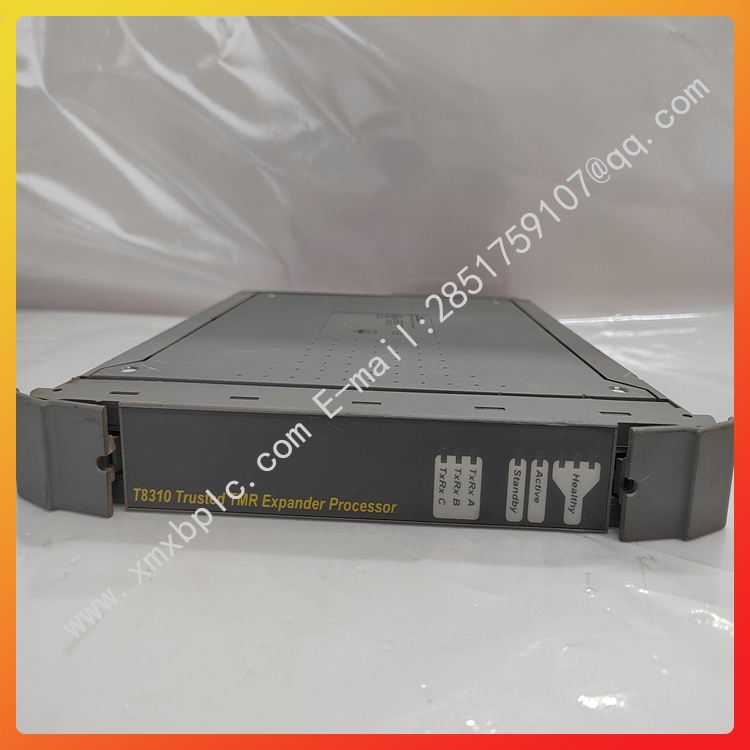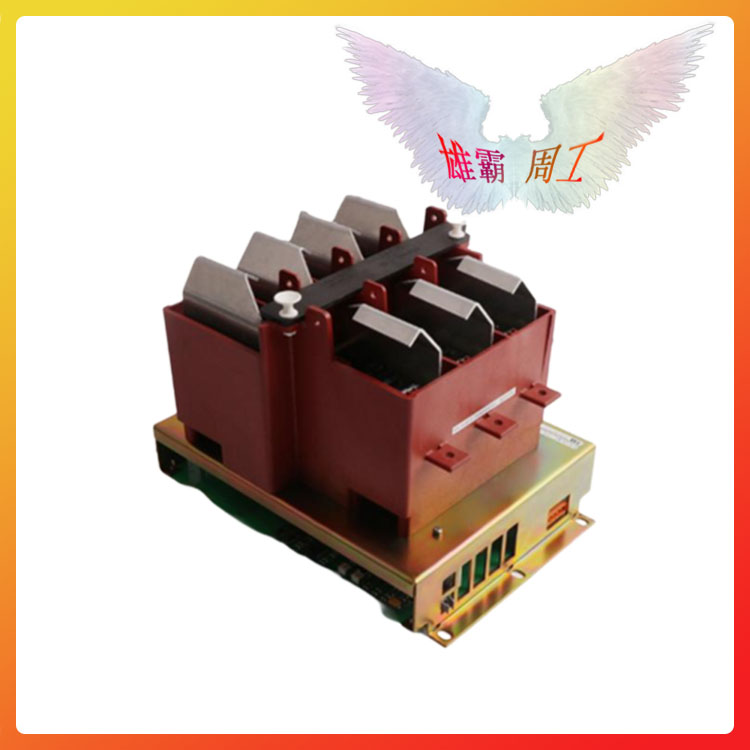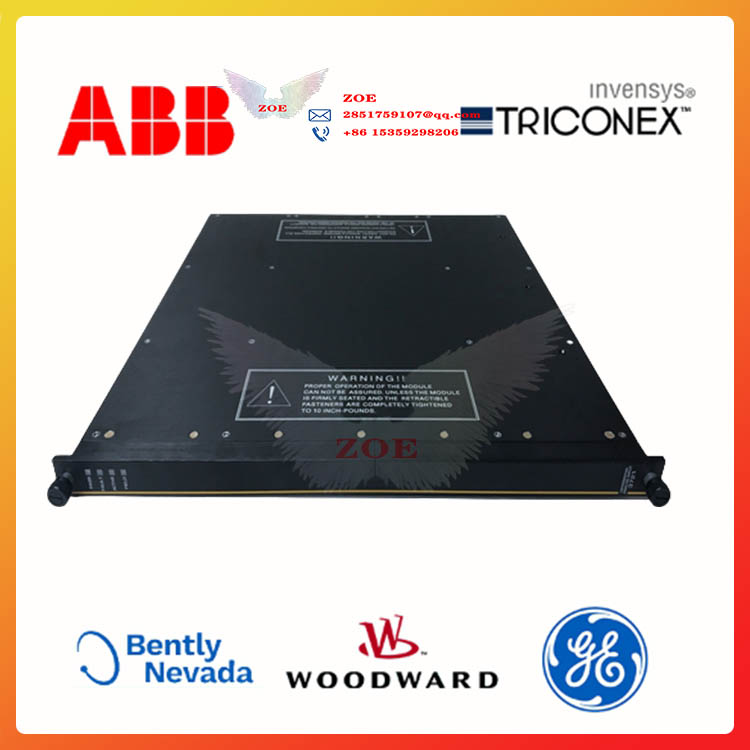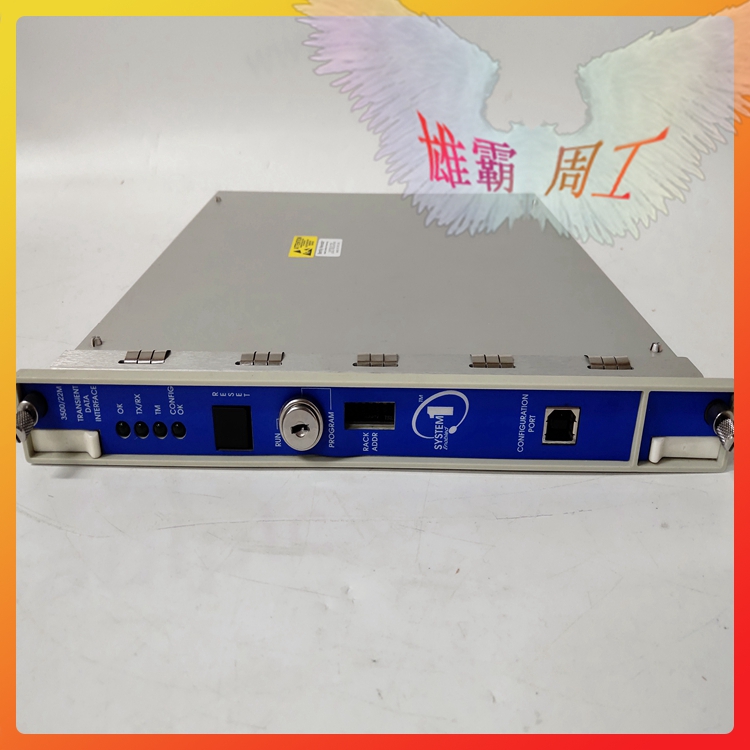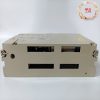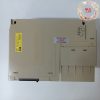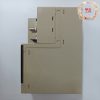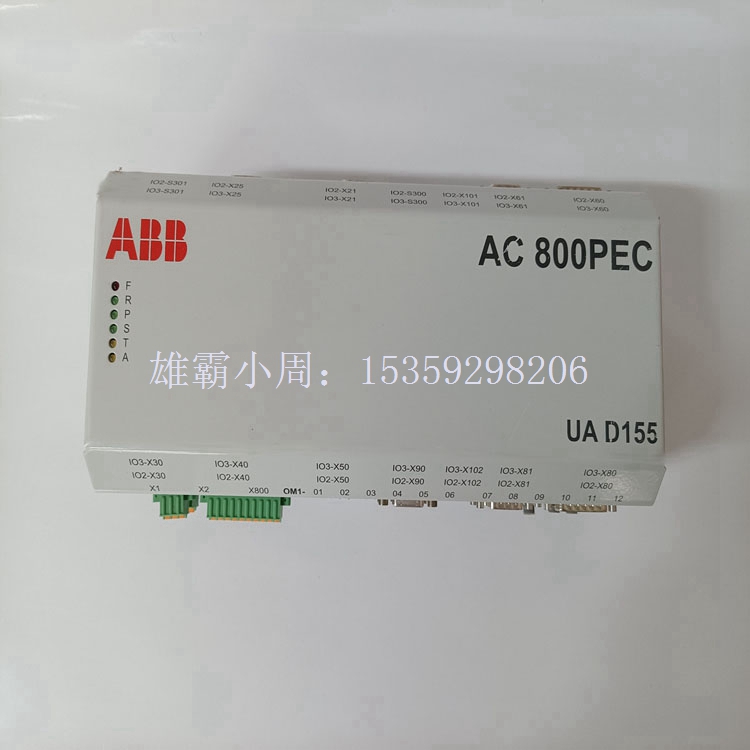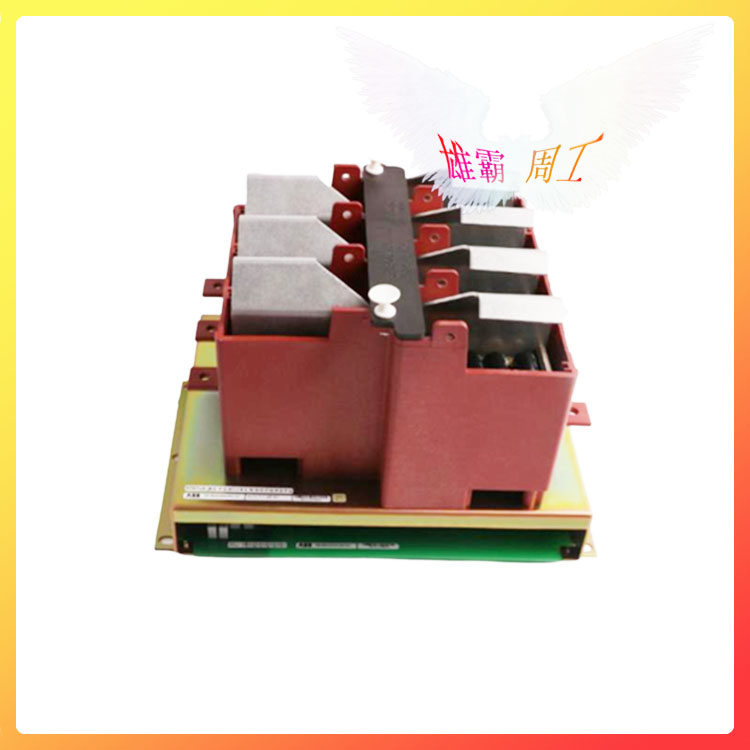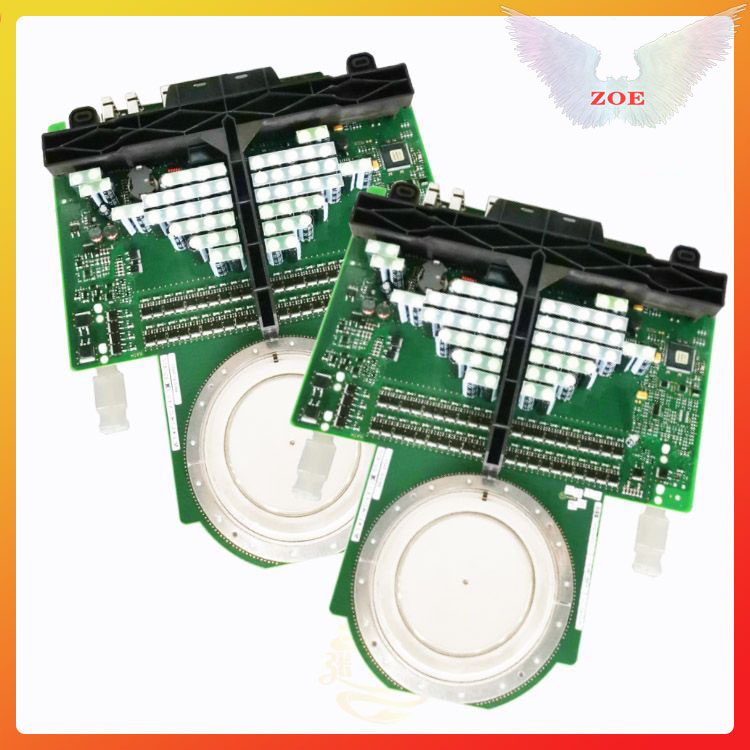V4550220-0100 Digital output module ABB
Brand ABB color standard Application Industrial height 215mm rated current 230mA
Protection Level IP45 Suitable for motor power 276KW Application Site Power Industry BOM Number GJR2391500R1220 Power industry HIEE401782R0001 Part number V4550220-0100
Applicable pipe 2 Whether imported is weighing 3.88 kg can be sold nationwide
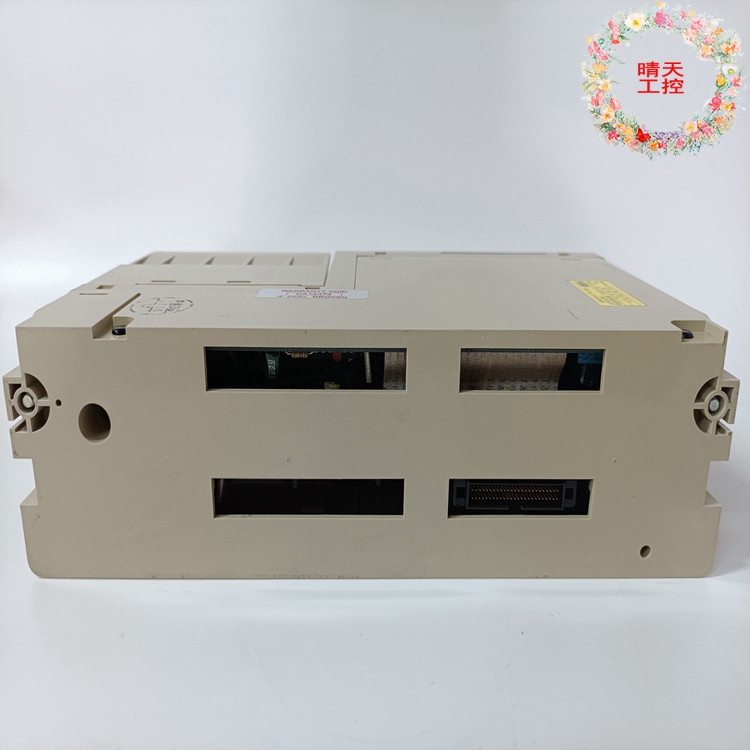
V4550220-0100 Digital output module ABB
ABB DCS V4550220-0100 In the belt production line, the previous process requires the grey cloth to be treated and the fibers to be removed from its surface. Blank cloth and rubber roll and knife to maintain a certain distance gap, between 0.2-0.6mm. There is a capacitive sensor in front of the blank cloth knife to detect the seam of the cloth. When there is a cloth seam close to the knife, the knife is required to quickly open a distance from the grey cloth, about 40-60mm. The original system uses cylinders to open and close. Due to the inherent characteristics of the cylinder, the control effect is not ideal. We drive the rubber roller through the stepper motor to adjust the gap to achieve the ideal effect.
Second, AABB DCS V4550220-0100 system composition
Grey cloth needs to be treated on both sides, both sides at the same time to scrape the protruded fibers. There are two knives and two rubber shafts to form two working axes, respectively A and B axes. There is A stepper motor at each end of each shaft, machine A and machine B.
System diagram below:
Each stepper motor has a driver, a total of four drivers, the driver is controlled by PLC. The motor output shaft is output to the rubber roller through the reducer.
Since most PLCS have only two high-speed output outlets, two stepper motor drivers can be controlled. It is also possible to use a host and high-speed positioning module to complete the control of four motors, but the positioning module cost is relatively high. This system uses two Zhenghang CN-CPU222-DT PLC and Zhenghang H-M3701A man-machine interface, PLC input and output are 8 in /6 out. The high-speed pulse Q0.0 and Q0.1 of a PLC control the running speed of two stepper drivers, and the Q0.4 and Q0.5 respectively control the running direction of the stepper driver, and the stepper motor driver requires input speed signal and direction signal.
Third, the working principle
3.1 Parallel adjustment of knife and rubber roll. For some reason, the knife may not be parallel to the roller, that is, the gap between the left and right sides of a shaft and the knife is not *. One motor in the working shaft can be adjusted to rise or fall so that the knife is parallel to the roller. After parallel adjustment, the rubber roller can be put into normal use. A manual button is designed on the man-machine interface to control the A-axis A machine and the B-axis A machine. The clearance is measured by a feeler ruler.
3.2 Adjustment of working gap. The clearance must be adjusted before being put into automatic use. There are two ways to do this on the interface. One is the point control, and the other is to set the running data for control. The point control is suitable for the initial adjustment of the gap when the gap between the roller and the knife is not known. First of all, the point control is used to make the gap between the rubber roll and the knife zero, that is, zero. Then set the opening gap on the man-machine interface. When changing the variety of grey cloth, only according to the thickness difference between the two grey cloth, set the amount of gap to be changed.
3.3 Design of human-machine interface. One pilot HMI is connected to two PLCS via RS485 communication line. One button controls the intermediate relay M2.0 of the two PLCS, that is, the automatic button. When M2.0 is ON, the two PLCS work in automatic mode. The man-machine interface can also set the knife opening gap during automatic operation. There are two numerical input buttons, written into two PLC, after data conversion, as the pulse output of the stepper motor controller. After the zeroing work is completed, adjust the working gap, and then set M2.0 to ON and put into automatic operation.
3.4 Setting of stepper motor driver. The subdivision of the stepper motor driver is set to 0.72, that is, the PLC outputs to the stepper motor driver every 500 pulses, and the stepper motor output shaft rotates once. The subdivision value is matched with the PLC’s high-speed output command. When the subdivision is too large, the motor will lose step due to the large load, and when the subdivision is too small, the opening distance is not enough during automatic operation, and the cloth seam will be scratched.
Four. Application effect and problems.
After a period of operation, it is proved that the system runs normally and meets the design requirements. In the program design, the use of high speed output command PLS, long distance stable and reliable. Due to the use of two PLCS, the control object condition is the same, the two PLC programs are the same, and the program debugging is simple.
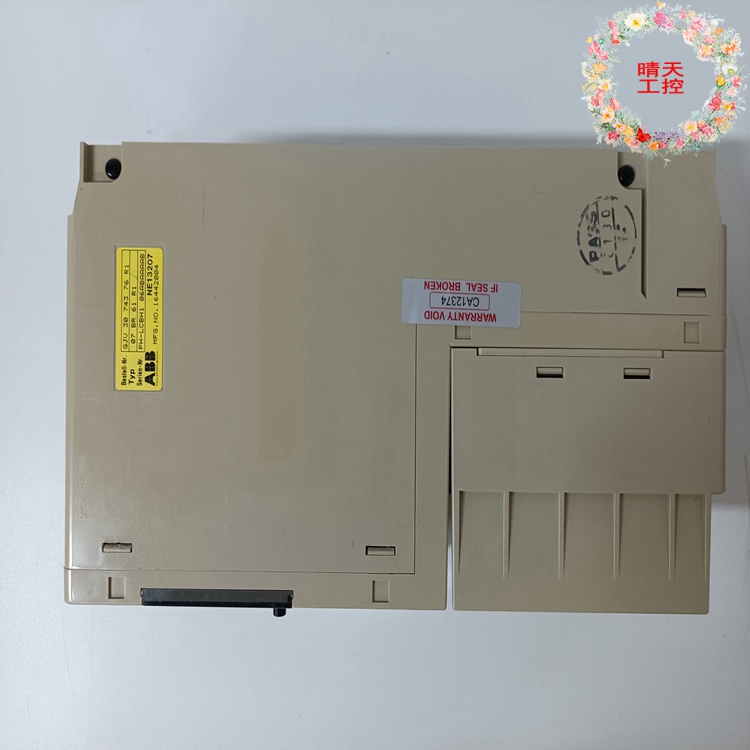
V4550220-0100 Digital output module ABB
ABB AB91-1 HESG437479R1 HESG437899
ABB AC800M 3BSE053240R1 PM891
ABB AFC094AE02
ABB AI620
ABB AI625
ABB AIM0016
ABB AM801F
ABB AM811F
ABB AO610
ABB ASE2UDC920AE01
ABB AV94A HESG440940R11 HESG216791/A
ABB BCU-12
ABB BIO0003
ABB BPL0001
ABB BRC3000A
ABB CB801
ABB CI534V02 3BSE010700R1
ABB CI535V30 3BSE022162R1
ABB CI541V1 3BSE014666R1
ABB CI547

